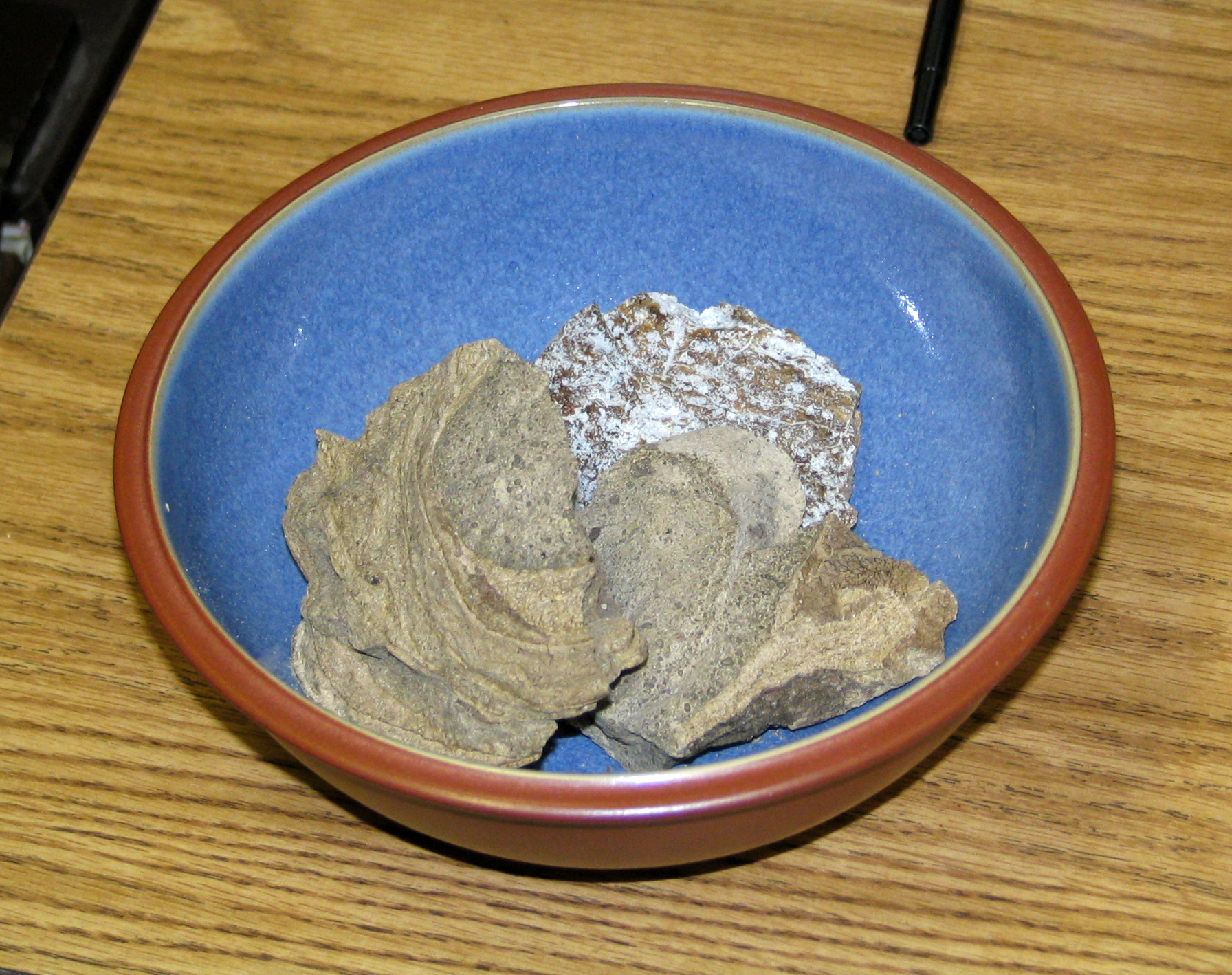|
5-Meo-DiPT
5-MeO-DiPT, also known as 5-methoxy-''N'',''N''-diisopropyltryptamine and sometimes as foxy methoxy or simply foxy, is a psychedelic drug of the tryptamine and 5-methoxytryptamine families. It is the 5-methoxy derivative of diisopropyltryptamine (DiPT). Dosage In '' TiHKAL'' and other publications, Alexander Shulgin reported the dosage of 5-MeO-DiPT to be 6 to 12mg orally, its onset to be 20 to 30minutes, its time to peak effects to be 1 to 1.5hours, and its duration to be 4 to 8hours. The drug can also be used intranasally. Effects The effects of 5-MeO-DiPT are reported to include psychedelic-like effects and pro-sexual effects, among others. It is said to be associated with relatively few visual changes. Only at higher doses have closed-eye visuals occurred. On the other hand, 5-MeO-DiPT is said to produce some of the auditory distortions that DiPT is associated with. 5-MeO-DiPT is reported to be more like a stimulant, party drug, and sexual enhancer than a psyche ... [...More Info...] [...Related Items...] OR: [Wikipedia] [Google] [Baidu] |
Oral Administration
Oral administration is a route of administration whereby a substance is taken through the Human mouth, mouth, swallowed, and then processed via the digestive system. This is a common route of administration for many medications. Oral administration can be easier and less painful than other routes of administration, such as Injection (medicine), injection. However, the onset of action is relatively low, and the effectiveness is reduced if it is not absorbed properly in the digestive system, or if it is broken down by digestive enzymes before it can reach the bloodstream. Some medications may cause gastrointestinal side effects, such as nausea or vomiting, when taken orally. Oral administration can also only be applied to conscious patients, and patients able to swallow. Terminology ''Per os'' (; ''P.O.'') is an adverbial phrase meaning literally from Latin "through the mouth" or "by mouth". The expression is used in medicine to describe a treatment that is taken orally (but not ... [...More Info...] [...Related Items...] OR: [Wikipedia] [Google] [Baidu] |
Diisopropyltryptamine
Diisopropyltryptamine (DiPT), also known as ''N'',''N''-diisopropyltryptamine, is a psychedelic hallucinogenic drug of the tryptamine family that has a unique effect. While the majority of hallucinogens affect the visual sense, DiPT is primarily aural. Dosage Alexander Shulgin in ''TiHKAL'' gave a dosage range of DiPT of 25 to 100mg orally and a duration of 6 to 8hours. A wider recreational dose range for DiPT of 15 to 150mg or more has also been reported. Effects DiPT's effects are primarily aural. At lower doses, Alexander Shulgin reported effects similar to a flanging or a phase shift. At medium and higher dosages, the effect of DiPT is typically a radical shift downward in perceived pitch. This shift tends to be nonlinear, in that the shift downwards varies in relation to the initial pitch. This can produce bizarre sounds and render music disharmonious. There has been an experiment involving subjects with perfect pitch, the goal of which was to determine whether the pitch ... [...More Info...] [...Related Items...] OR: [Wikipedia] [Google] [Baidu] |
Stimulant
Stimulants (also known as central nervous system stimulants, or psychostimulants, or colloquially as uppers) are a class of drugs that increase alertness. They are used for various purposes, such as enhancing attention, motivation, cognition, Mood disorder, mood, and physical activity, physical performance. Some stimulants occur naturally, while others are exclusively synthetic. Common stimulants include caffeine, nicotine, amphetamines, cocaine, methylphenidate, and modafinil. Stimulants may be subject to varying forms of regulation, or outright prohibition, depending on jurisdiction. Stimulants increase activity in the sympathetic nervous system, either directly or indirectly. Prototypical stimulants increase synaptic concentrations of neurotransmitter, excitatory neurotransmitters, particularly norepinephrine and dopamine (e.g., methylphenidate). Other stimulants work by binding to the Receptor (biochemistry), receptors of excitatory neurotransmitters (e.g., nicotine) or by ... [...More Info...] [...Related Items...] OR: [Wikipedia] [Google] [Baidu] |
DiPT
Diisopropyltryptamine (DiPT), also known as ''N'',''N''-diisopropyltryptamine, is a Psychedelic drug, psychedelic Psychedelics, dissociatives and deliriants, hallucinogenic drug of the substituted tryptamine, tryptamine family that has a unique effect. While the majority of hallucinogens affect the visual sense, DiPT is primarily Auditory hallucination, aural. Dosage Alexander Shulgin in ''TiHKAL'' gave a dosage range of DiPT of 25 to 100mg oral administration, orally and a duration of action, duration of 6 to 8hours. A wider recreational drug, recreational dose range for DiPT of 15 to 150mg or more has also been reported. Effects DiPT's effects are primarily aural. At lower doses, Alexander Shulgin reported effects similar to a flanging or a Phase (waves), phase shift. At medium and higher dosages, the effect of DiPT is typically a radical shift downward in perceived Pitch (music), pitch. This shift tends to be nonlinear, in that the shift downwards varies in relation to the in ... [...More Info...] [...Related Items...] OR: [Wikipedia] [Google] [Baidu] |
Auditory Distortion
Sensory processing disorder (SPD), formerly known as sensory integration dysfunction, is a condition in which multisensory input is not adequately processed in order to provide appropriate responses to the demands of the environment. Sensory processing disorder is present in many people with dyspraxia, autism spectrum disorder, and attention deficit hyperactivity disorder (ADHD). Individuals with SPD may inadequately process visual, auditory, olfactory (smell), gustatory (taste), tactile (touch), vestibular (balance), proprioception (body awareness), and interoception (internal body senses) sensory stimuli. Sensory integration was defined by occupational therapist Anna Jean Ayres in 1972 as "the neurological process that organizes sensation from one's own body and from the environment and makes it possible to use the body effectively within the environment". Sensory processing disorder has been characterized as the source of significant problems in organizing sensation com ... [...More Info...] [...Related Items...] OR: [Wikipedia] [Google] [Baidu] |
Closed-eye Visual
Closed-eye hallucinations and closed-eye visualizations (CEV) are hallucinations that occur when one's eyes are closed or when one is in a darkened room. They should not be confused with phosphenes, perceived light and shapes when pressure is applied to the eye's retina, or some other non-visual external cause stimulates the eye. Some people report CEV under the influence of psychedelics; these are reportedly of a different nature than the "open-eye" hallucinations of the same compounds. Similar hallucinations that occur due to loss of vision are called "visual release hallucinations". Levels of CEV perception There are five known levels of CEV perception which can be achieved either through chemical stimuli or through meditative relaxation techniques. Level 1 and 2 are very common and often happen every day. It is still normal to experience level 3, and even level 4; however, only a small percentage of the population does this without psychedelic drugs, meditation or extensiv ... [...More Info...] [...Related Items...] OR: [Wikipedia] [Google] [Baidu] |
Psychedelic Visual
A psychedelic experience (known colloquially as a trip) is a temporary altered state of consciousness induced by the consumption of a psychedelic substance (most commonly LSD, mescaline, psilocybin mushrooms, or DMT). For example, an acid trip is a psychedelic experience brought on by the use of LSD, while a mushroom trip is a psychedelic experience brought on by the use of psilocybin. Psychedelic experiences feature alterations in normal perception such as visual distortions and a subjective loss of self-identity, sometimes interpreted as mystical experiences. Psychedelic experiences lack predictability, as they can range from being highly pleasurable (known as a good trip) to frightening (known as a bad trip). The outcome of a psychedelic experience is heavily influenced by the person's mood, personality, expectations, and environment (also known as set and setting). Researchers have interpreted psychedelic experiences in light of a range of scientific theories, including mo ... [...More Info...] [...Related Items...] OR: [Wikipedia] [Google] [Baidu] |
Aphrodisiac
An aphrodisiac is a substance that increases libido, sexual desire, sexual attraction, sexual pleasure, or sexual behavior. These substances range from a variety of plants, spices, and foods to synthetic chemicals. Natural aphrodisiacs, such as cannabis (drug), cannabis or cocaine, are classified into plant-based and non-plant-based substances. Synthetic aphrodisiacs include MDMA and methamphetamine. Aphrodisiacs can be classified by their type of effects (psychological or physiological). Aphrodisiacs that contain hallucinogenic properties, such as bufotenin, have psychological effects that can increase sexual desire and sexual pleasure. Aphrodisiacs that have smooth muscle relaxing properties, such as yohimbine, have physiological effects that can affect hormone concentrations and increase blood flow. Substances that have the opposite effects on libido are called anaphrodisiacs. Aphrodisiac effects can also be due to the Placebo, placebo effect. Both males and females can po ... [...More Info...] [...Related Items...] OR: [Wikipedia] [Google] [Baidu] |
Duration Of Action
Pharmacodynamics (PD) is the study of the biochemical and physiologic effects of drugs (especially pharmaceutical drugs). The effects can include those manifested within animals (including humans), microorganisms, or combinations of organisms (for example, infection). Pharmacodynamics and pharmacokinetics are the main branches of pharmacology, being itself a topic of biology interested in the study of the interactions of both endogenous and exogenous chemical substances with living organisms. In particular, pharmacodynamics is the study of how a drug affects an organism, whereas pharmacokinetics is the study of how the organism affects the drug. Both together influence dosing, benefit, and adverse effects. Pharmacodynamics is sometimes abbreviated as PD and pharmacokinetics as PK, especially in combined reference (for example, when speaking of PK/PD models). Pharmacodynamics places particular emphasis on dose–response relationships, that is, the relationships between drug con ... [...More Info...] [...Related Items...] OR: [Wikipedia] [Google] [Baidu] |
Onset Of Action
Onset of action is the duration of time it takes for a drug's effects to come to prominence upon administration. With oral administration, it typically ranges anywhere from 20 minutes to over an hour, depending on the drug in question. Other methods of ingestion such as smoking or injection can take as little as seconds to minutes to take effect. The determination of the onset of action, however, is not completely dependent upon route of administration. There are several other factors that determine the onset of action for a specific drug, including drug formulation, dosage, and the patient receiving the drug. Effect of Administration Route on the Onset of Action A drug's pharmacological effects can only occur once it has been fully solubilized and has entered the blood stream. For most drugs administered orally, the drug must be ingested, pass through the stomach, and into the small intestine, where the drug molecules enter the blood stream through the villi and microvilli ... [...More Info...] [...Related Items...] OR: [Wikipedia] [Google] [Baidu] |
Oral Administration
Oral administration is a route of administration whereby a substance is taken through the Human mouth, mouth, swallowed, and then processed via the digestive system. This is a common route of administration for many medications. Oral administration can be easier and less painful than other routes of administration, such as Injection (medicine), injection. However, the onset of action is relatively low, and the effectiveness is reduced if it is not absorbed properly in the digestive system, or if it is broken down by digestive enzymes before it can reach the bloodstream. Some medications may cause gastrointestinal side effects, such as nausea or vomiting, when taken orally. Oral administration can also only be applied to conscious patients, and patients able to swallow. Terminology ''Per os'' (; ''P.O.'') is an adverbial phrase meaning literally from Latin "through the mouth" or "by mouth". The expression is used in medicine to describe a treatment that is taken orally (but not ... [...More Info...] [...Related Items...] OR: [Wikipedia] [Google] [Baidu] |



